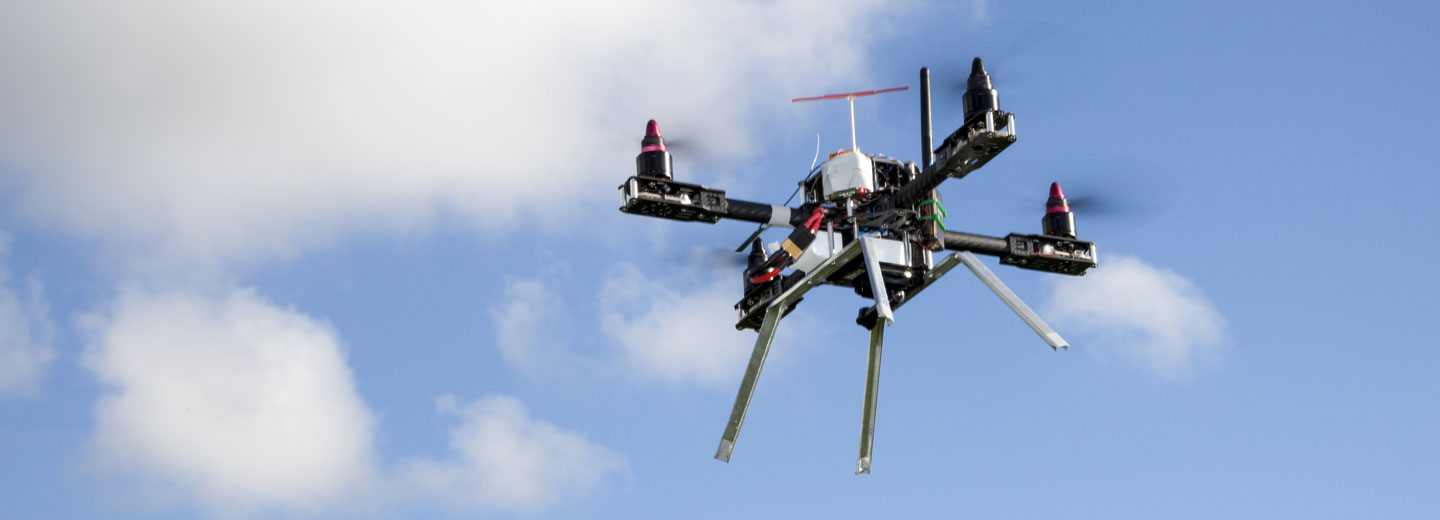
Research project will enable drones to fly free
The use of drones is severely limited by the need for visual contact between a pilot and his drone, but a new research project will make drones so safe that they can fly free. It could be the embryo of an idea for a new business adventure.
Although by now there are many drones flying around, the use of drones by business is severely limited by the pilot's ability to see his drone. But a new research project at SDU will enable drones to fly safely on their own.
The research project "Free the Drones", where the Danish Transport and Construction Agency, UAS Test Center Denmark and the firm Explicit are partners, has just received 10 million DKK from Innovationsfonden. Other key partners are ViaCopter, Terma, Delta GTS, KeyResearch, Naviair and Oxford University.
- Our goal is to develop technologies that will enable drones to navigate safely. We will equip the drones with a safety system so that they can steer themselves clear of obstacles in the air and they will be equipped with a reliable communication link with the operator on the ground, says Brad Beach, leader of SDU's drone centre, SDU UAS Centre, and continues:
- Currently, for safety reasons the pilot has to be able to see his drone so that he can steer it away from obstacles. But if we can enable the drones to navigate by themselves, there will be great potential for them carry out a wide range of tasks.
One of the important environmental tasks currently not being dealt with, but that a free-flying drone could easily carry out, is to check whether ships are meeting environmental regulations. Ships must use a more environmentally friendly oil when they sail close to the coast, but at present the authorities are unable to inspect whether ships are meeting environmental requirements.
- When we have made the drones so safe that they can sense and avoid obstacles in the air we will show our research results by using drones for environmental surveillance. In addition to the new technology, drones will also be equipped with sensors that can analyse the smoke from a ship's chimney, thereby easily and safely revealing whether the ship is sailing using environmentally friendly oil, explains Jon Knudsen from Explicit.
Researchers have been inspired by the animal kingdom in enabling the drones to steer themselves clear of trees and houses. They have studied the unique ability of bats to navigate by echolocation. The bat sends out ultrasonic calls. When the soundwave hits something, for instance a tree or another bat, and bounces back, the bat knows how close it is to the object. This is how it avoids collisions.
- It is unique that we're looking at bio-inspired robot technology to solve a problem that has the world's attention. There is huge potential in the development of drones. An investigation by Oxford Research indicates that if Denmark becomes the first mover in the field, 12-15,000 jobs could be created. It could be the germ of an idea for a new business adventure, says Brad Beach.